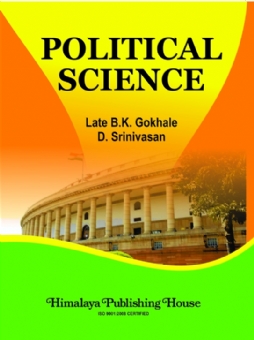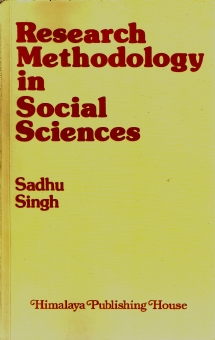This practical manual, “Dairy Science”, has been prepared in accordance with the revised syllabus of S.Y.B.Sc. Zoology, Semesters III and IV – VSC3b, under Scheme I, II, and III of the University of Mumbai, and in line with the vision of the National Education Policy (NEP) 2020. It aims to provide an integrated understanding of dairy science by bridging theoretical concepts with practical applications in animal husbandry, milk processing, and dairy product technology.
Dairy science forms an essential component of India’s agricultural and economic landscape. This course familiarises learners with the classification of indigenous, exotic, and crossbreeds of cattle and buffaloes, along with key management practices such as casting, trimming, shoeing, and deworming. The exercises have been systematically designed to help students comprehend and apply the principles of dairy production, milk composition, and processing.
The manual includes practicals on milk quality assessment, covering the measurement of density, pH, and fat content, and the detection of adulterants, thereby strengthening analytical and laboratory proficiency. It also emphasises the preparation of paneer, curd, and ghee, enhancing understanding of milk transformation and quality control. Field-based learning through farm visits and project work further encourages experiential learning, enabling students to relate scientific knowledge to real-world dairy operations.
Each exercise is presented with clear objectives, principles, and procedures, fostering scientific inquiry and independent thinking. The manual also promotes the development of entrepreneurial and technical skills necessary for future engagement in the dairy sector.
Contents –
1. Classification of Cattle Breeds (Milch, Draught, Dual, Exotic, Crossbreed)
2. Study of Buffalo Breeds – Murrah, Jaffrabadi, Nagpuri, Pandharpuri, Surti
3. Study of Casting of Farm Animals, Trimming of Dairy Cattle and Shoeing of Bullocks
4. Study of Deworming of Dairy Cattle
5. Mechanised Milking Practices in Dairy Animals
6. Measurement of pH of Milk with Suitable Method
7. Study of Milk Density by Lactometer
8. Colorimetric Estimation of Total Fat in the Milk of Different Varieties by Ferric Chloride (FeCl3) Method
9. Detection of Adulteration in Milk – Starch and Urea
10. Preparation and Submission of Report Related to Cattle Feed, Vaccination Schedule, Dairy Cattle Diseases, Cost of Milk Production, and Dairy Farm Layout
11. Preparation of Paneer, Curd, and Ghee from Milk
12. Visit to Dairy Farm and Preparation of Project Report







